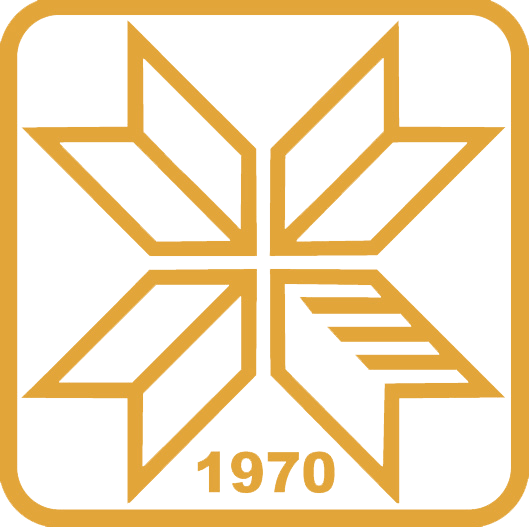Приказ основних података о документу
Isokinetic muscle power of the knee extensor and flexor muscles among differently trained people in relation to gender
| dc.contributor.author | Toskić, Lazar | |
| dc.contributor.author | Dopsaj, Milivoj | |
| dc.contributor.author | Toskić, Dragan | |
| dc.contributor.author | Marković, Milan | |
| dc.date.accessioned | 2022-10-15T21:17:22Z | |
| dc.date.available | 2022-10-15T21:17:22Z | |
| dc.date.issued | 2020-02-01 | |
| dc.identifier.citation | ИИИ47015 | en_US |
| dc.identifier.uri | https://platon.pr.ac.rs/handle/123456789/734 | |
| dc.description.abstract | Purpose. Isokinetic muscle characteristics are important factors in numerous fields of expertise and scientific study. Information about the differences in isokinetic muscle power among individuals at various levels of training advancement has a significant impact on the development of sports training technology, the athlete selection process, and physical therapy and rehabilitation. The aim was to study the differences in knee muscles isokinetic power between differently trained men and women. Methods. The sample of participants consisted of 159 individuals (84 men and 75 women), divided into 5 groups: the physically inactive (30), the physically active (32), strength and power athletes (33), endurance athletes (32), team sports athletes (32). The absolute and relative average knee flexor and extensor isokinetic muscle power was measured on an isokinetic dynamometer in concentric mode at speeds of 60 and 180°/s. To determine the differences between groups, the multivariate (MANOVA) and univariate (ANOVA) analysis of variance were used. Results. There were significant differences in the relative isokinetic muscle power between differently trained men (F = 1.513, p = 0.043) and in the absolute and relative isokinetic power between differently trained women (F = 1.504, p = 0.047; F = 1.927, p = 0.003, respectively). Conclusions. The obtained results indicate that physical activities which are characteristic of strength and power sports to a great extent contribute to the development of isokinetic muscle power and that isokinetic muscle power is a sensitive discriminant factor to determine the differences between men and women at various levels of training advancement. | en_US |
| dc.language.iso | en_US | en_US |
| dc.publisher | Termedia | en_US |
| dc.title | Isokinetic muscle power of the knee extensor and flexor muscles among differently trained people in relation to gender | en_US |
| dc.title.alternative | Human Movement | en_US |
| dc.type | clanak-u-casopisu | en_US |
| dc.description.version | publishedVersion | en_US |
| dc.identifier.doi | 10.5114/hm.2020.91349 | |
| dc.citation.volume | 21 | |
| dc.citation.issue | 3 | |
| dc.citation.spage | 81 | |
| dc.citation.epage | 89 | |
| dc.subject.keywords | dynamometry, training advancement, absolute power, relative power, men, women | en_US |
| dc.type.mCategory | M24 | en_US |
| dc.type.mCategory | openAccess | en_US |
| dc.type.mCategory | M24 | en_US |
| dc.type.mCategory | openAccess | en_US |
